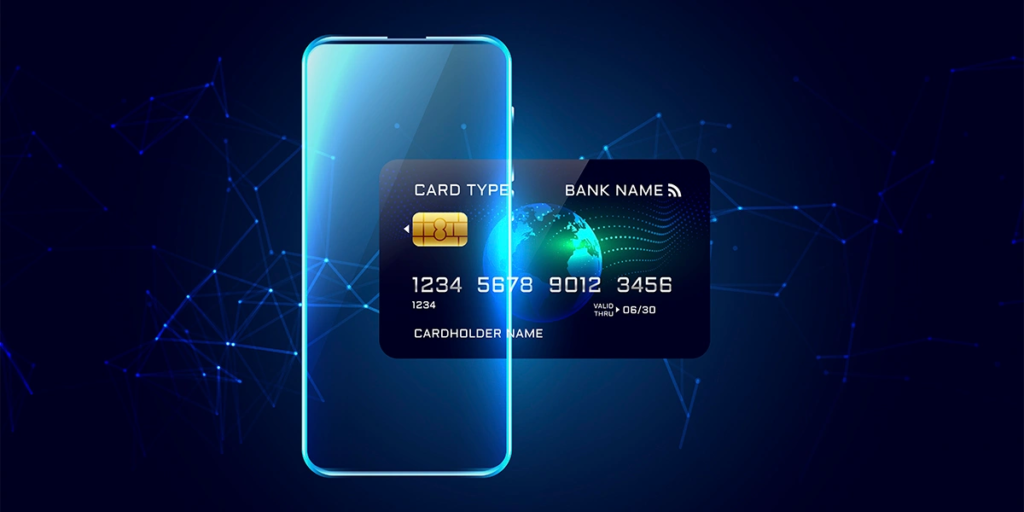
How do J3R150 EMV cards protect customer data during transactions?
Consumers and businesses constantly worry about securing financial transactions in today’s fast-paced digital world. As data breaches and cybercrimes rise, protecting sensitive customer information has never been more critical. One of the most advanced solutions for ensuring secure transactions is the J3R150 EMV card. These cards provide robust protection against fraud, making them essential in today’s financial ecosystem.
Data Protection with Chip Technology
J3R150 EMV cards come equipped with embedded microchips, providing enhanced security over traditional magnetic stripe cards. The EMV (Europay, MasterCard, and Visa) chip technology generates a unique transaction code for each purchase, making it nearly impossible for criminals to replicate or counterfeit the card during the transaction process. Unlike magnetic stripe cards, which store static data that criminals can quickly skim, the EMV chip creates dynamic authentication data that changes with each transaction.
This dynamic data ensures that even if hackers intercept the transaction, they cannot use the stolen information for future purchases. The chThechip’ssption capabilities further protect sensitive customer data. J3R150 EMV cards meet the latest security standards, offering robust protection that minimizes the risk of fraud and unauthorized access to customer accounts.

The Role of Authentication in J3R150 EMV Cards
Another significant feature of J3R150 EMV cards is the authentication process. Customers must enter a Personal Identification Number (PIN) or sign a receipt to initiate a transaction. This two-factor authentication adds an extra layer of protection, ensuring that even if someone steals the physical card, they still need the PIN or signature to complete a transaction.
The J3R150 EMV card utilizes sophisticated encryption techniques to safeguard the cardholder’s transactions. When a customer makes a payment, the card transmits encrypted data to the payment terminal, which decrypts the information. This process ensures that sensitive details, such as the cardholder’s account information, are protected from potential fraudsters.
How to Prevent Card-Not-Present Fraud
While EMV cards significantly reduce fraud for in-person transactions, card-not-present (CNP) fraud remains a concern, especially in online shopping and phone orders. However, J3R150 EMV cards have additional security measures to reduce the risks associated with CNP transactions.
Many J3R150 EMV cards feature services like Verified by Visa or MasterCard SecureCode, which require cardholders to authenticate their identity through an online portal during e-commerce transactions. These services add an extra layer of protection by requiring the user to provide a password or answer a security question, making it significantly more difficult for fraudsters to make unauthorized online purchases.
Furthermore, tokenization technology integrates with J3R150 EMV cards, replacing sensitive card data with a unique token. This token is valid only for the specific transaction, ensuring that even if a fraudster intercepts it, they cannot use it for future transactions.

J3R150 EMV Cards and the Prevention of Data Skimming
Data skimming, one of the most common types of card fraud, occurs when criminals use “skimmers” to “teal inf” “informant” on f” om magne” ic stripes. Since a J3R150 EMV card relies on advanced chip technology rather than magnetic stripes, it is resistant to such skimming attacks. The EMV chip doesn’t transmit andn’t transmdoesn’ticr cloned, making skimming obsolete.
Moreover, many J3R150 EMV cards include contactless payment technology, offering security features that prevent unauthorized access to card data. These cards utilize near-field communication (NFC) to transmit encrypted data over short distances, ensuring that the cardholder uses only their safe terminals. Contactless transactions are quick and secure, making them an ideal option for modern consumers.
The Encryption and Tokenization Process Behind It
The encryption and tokenization processes used by J3R150 EMV cards play a key role in protecting customer data. Encryption converts sensitive data into an unreadable format, only to be accessed by authorized parties with the correct decryption key. When a cardholder initiates a transaction, the J3R150 EMV card encrypts the transaction data, preventing unauthorized parties from accessing it during transmission.
Tokenization replaces sensitive data with a unique identifier or token, which holds no value outside the transaction context. This ensures that even if intercepted, tokens cannot be used for fraud. By combining encryption and tokenization, the J3R150 EMV card ensures that customer data remains secure throughout the transaction, from the point of sale to final processing.

Compliance with Industry Standards and Regulations
J3R150 EMV cards are built to comply with global security standards and regulations, including the Payment Card Industry Data Security Standard (PCI DSS) and the EMVCo specifications. These standards ensure that cardholders’ data remains protected and the cacardholders’ystem remains secure from fraud.
PCI DSS is a set of security standards designed to protect cardholder data and reduce fraud. The J3R150 EMV card meets these requirements by incorporating advanced encryption, authentication, and tokenization features. By adhering to these strict standards, the card helps businesses maintain customer trust while protecting sensitive financial information.
The Future of Customer Data Protection with J3R150 EMV Cards
The J3R150 EMV card provides a secure and reliable solution for protecting customer data during transactions. The card utilizes chip technology, encryption technology, and tokenization technology, meeting industry standards to ensure that customer information remains safe and secure from fraudsters.


